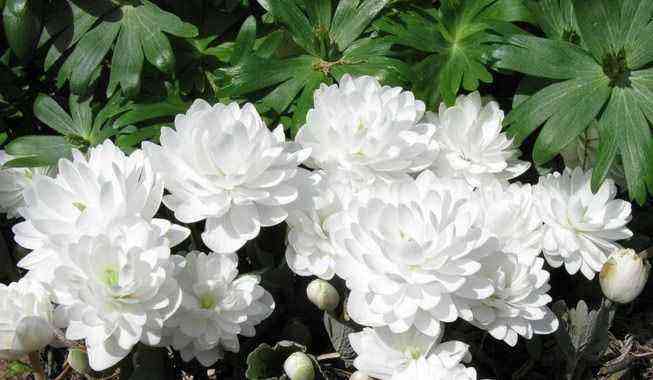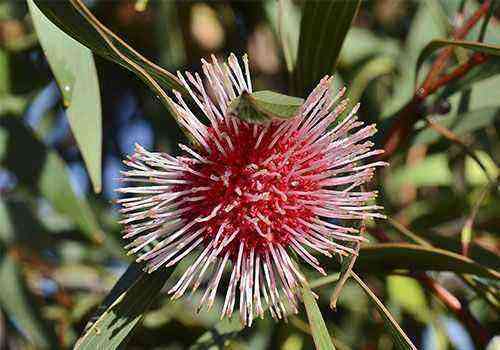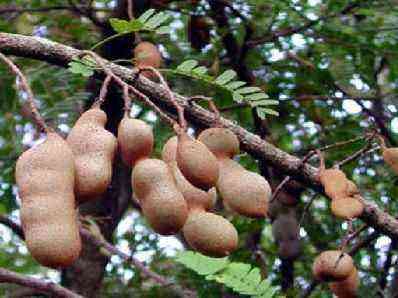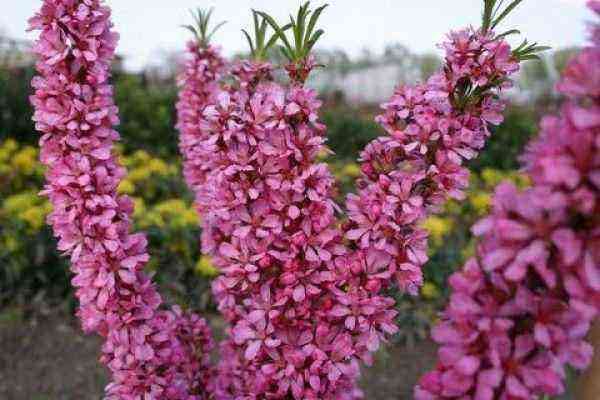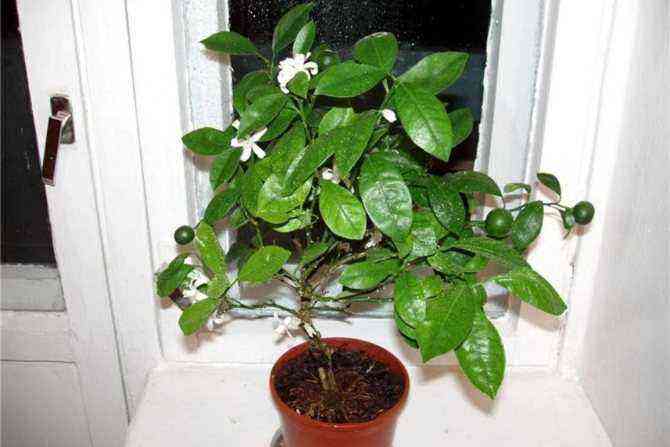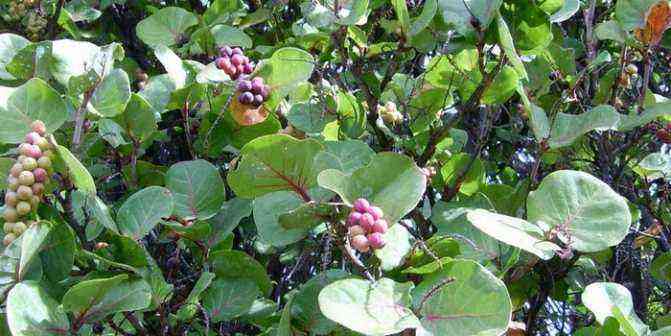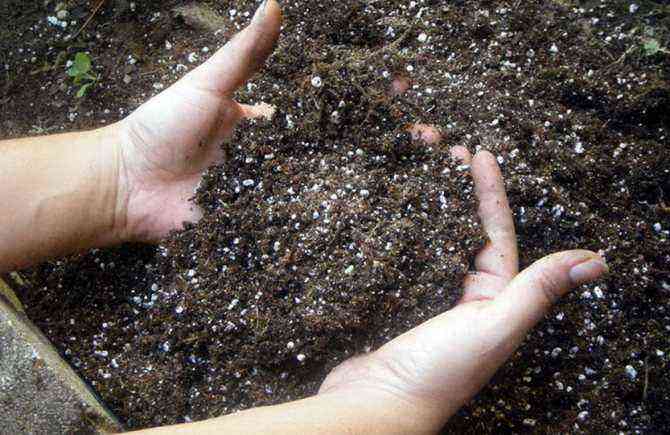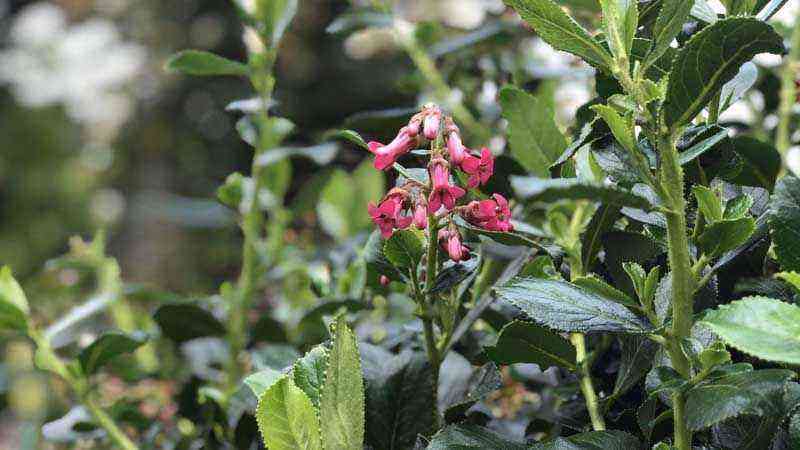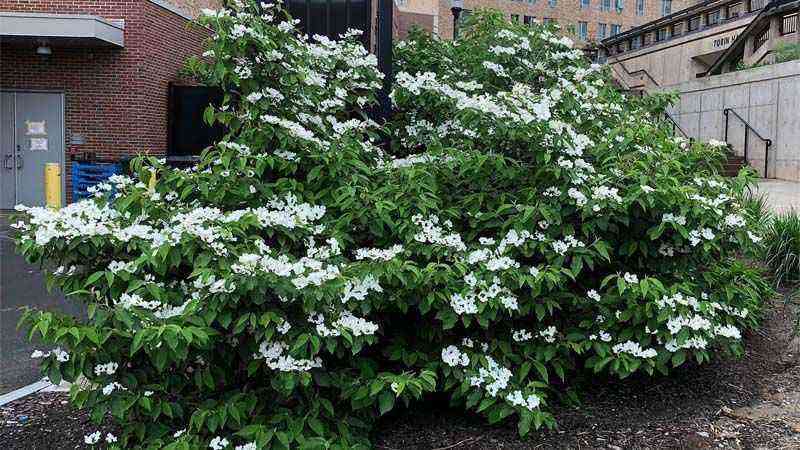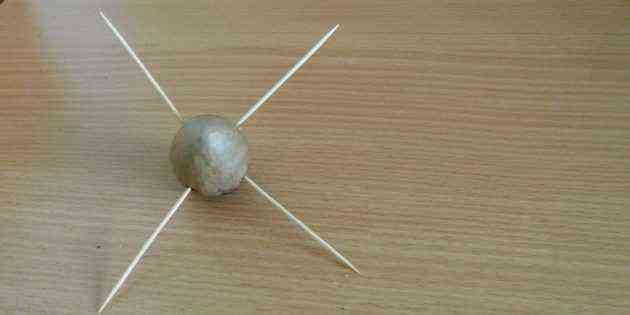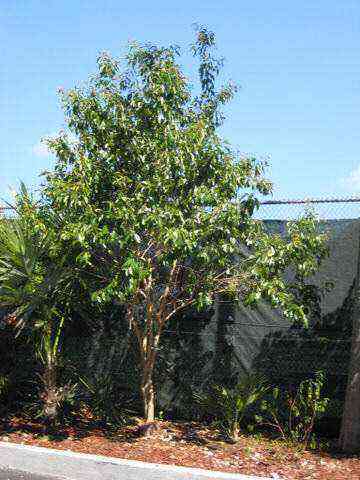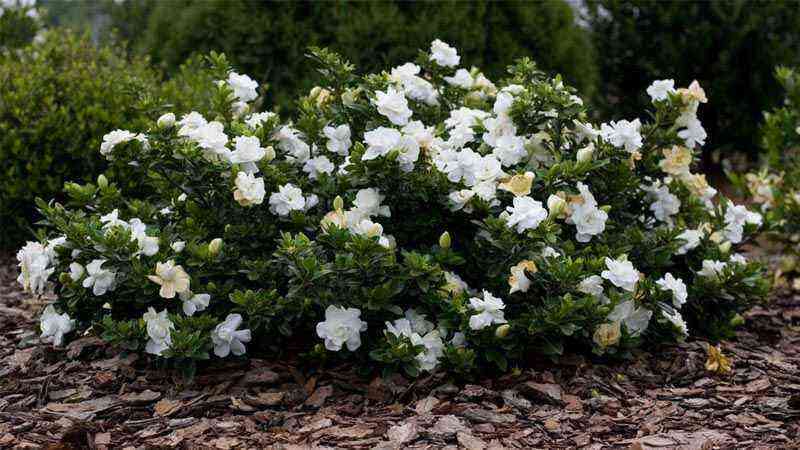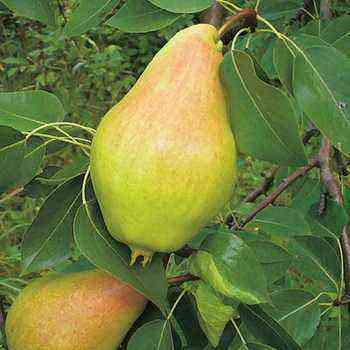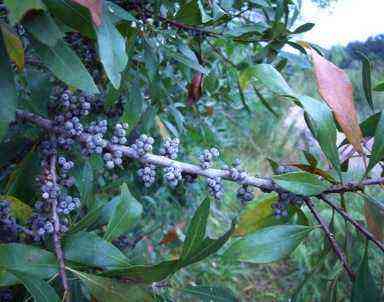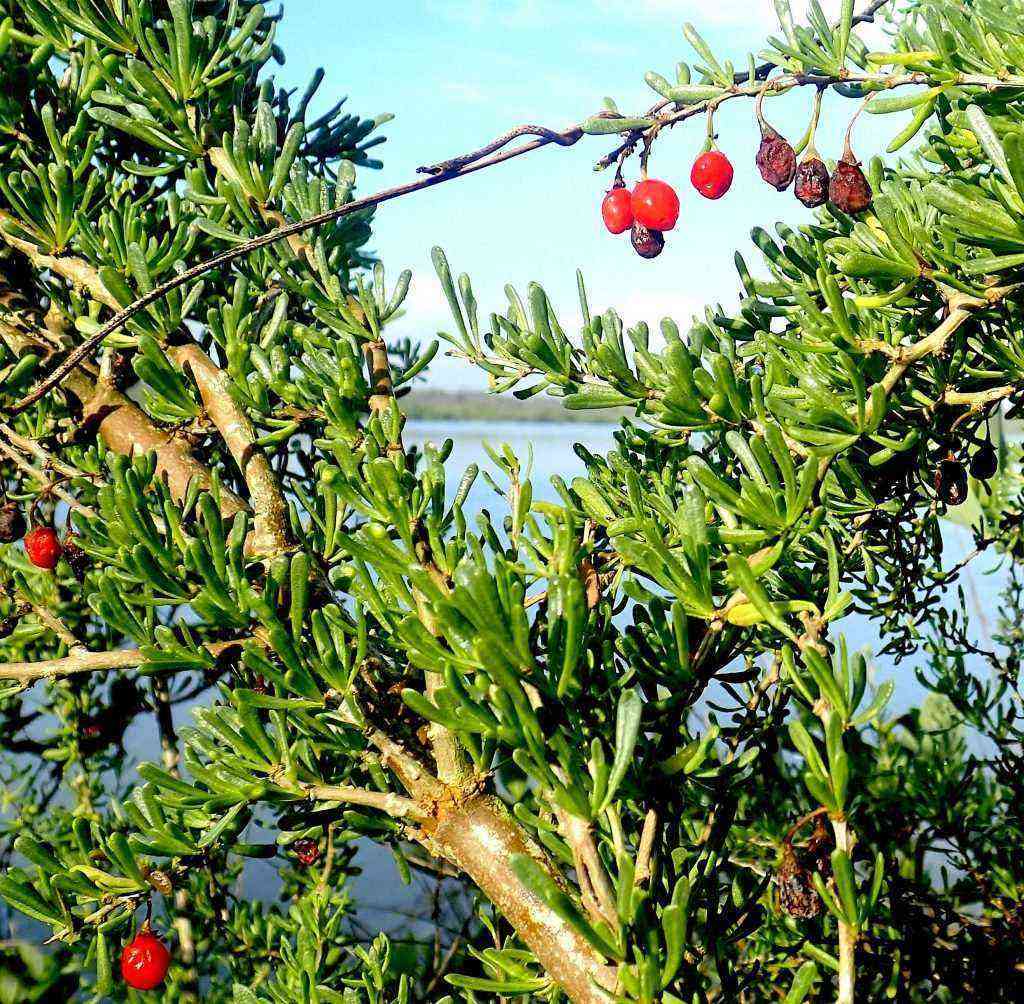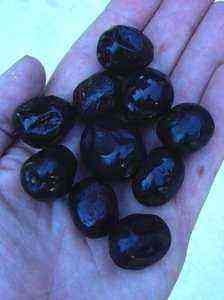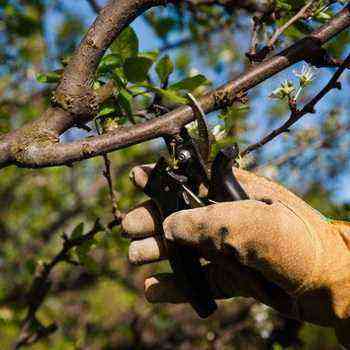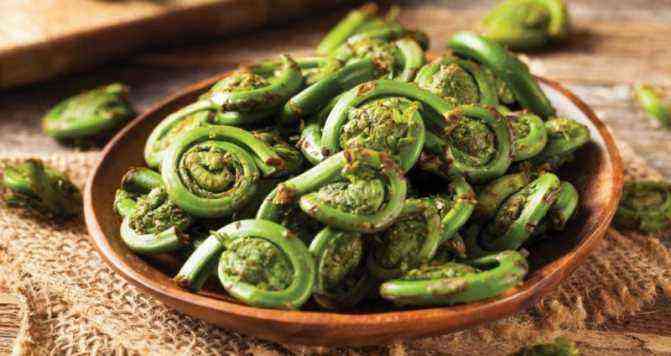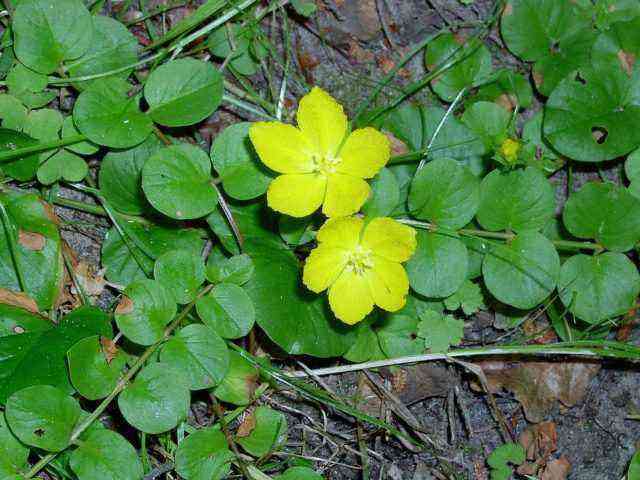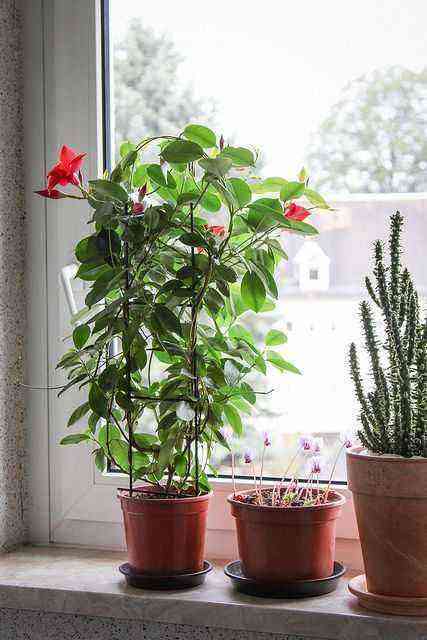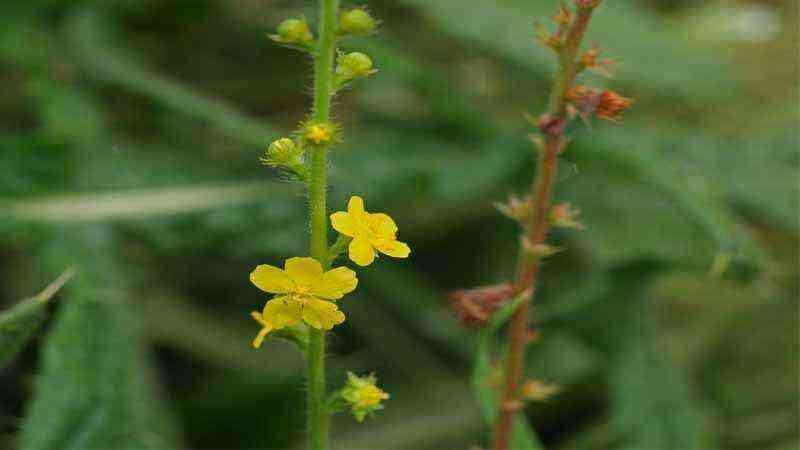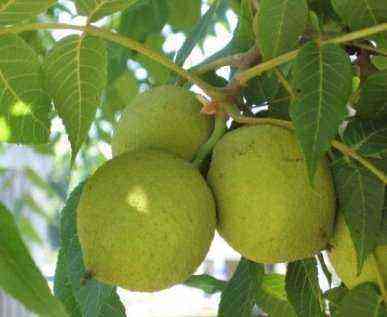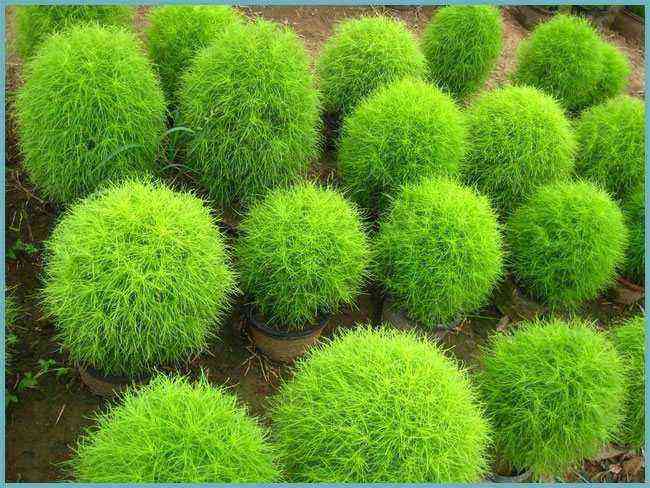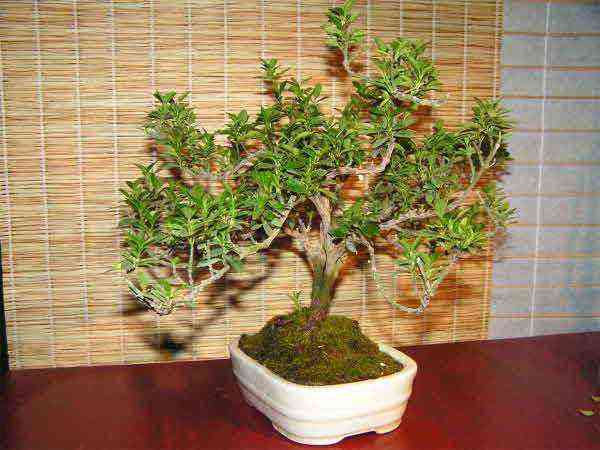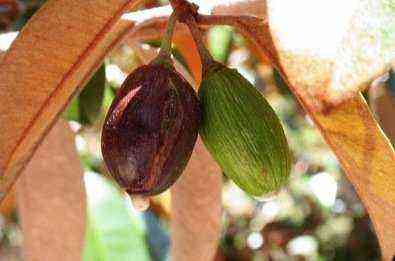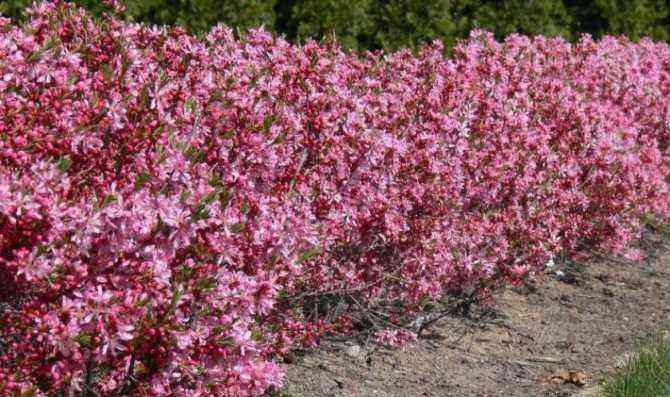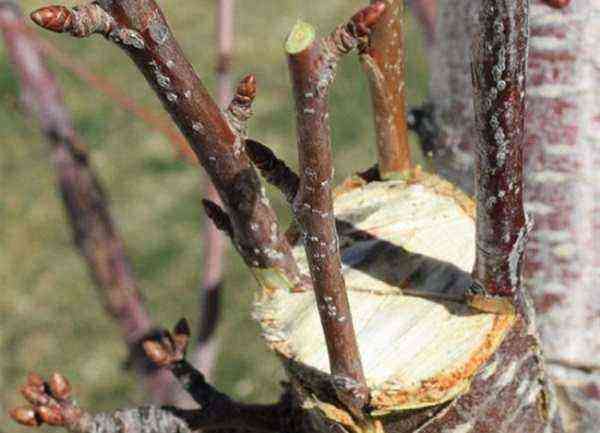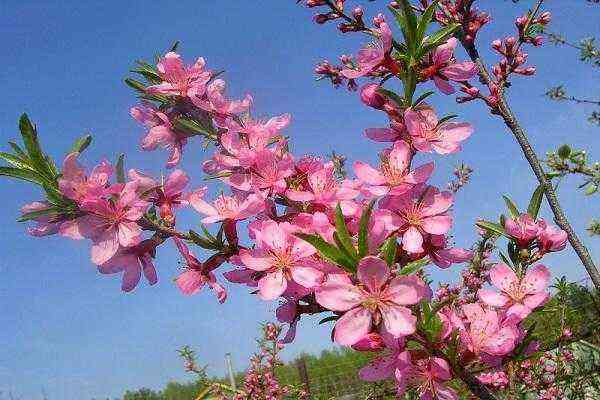Pyrus calleryana, Commonly known as the flowering pear tree or Callery pear tree, it owes its name to the Italian-French missionary and sinologist Joseph-Marie Callery, who in the XNUMXth century was the one who sent the first specimens to Europe from China, where they originate from. In case you did not know what a sinologist was, he is that person who is dedicated to the study of the Chinese world.
From the almost complete family Rosaceae, this small deciduous tree is prized for its ornamental value, it looks beautiful at any time of the year. In spring for its spectacular, abundant and aromatic flowering, and in autumn for the intense color of its leaves. It is for this reason that it is increasingly common to see it in private gardens, but also in parks, sidewalks and garden areas in cities, since it resists environmental pollution well.
Characteristics Pyrus calleryana
With a straight and majestic bearing, this tree can reach the Meters 20, developing a compact column-shaped crown when the specimen is young and that becomes conical as it grows.
Trunk and leaves
The trunk of this species is usually very straight and greyish in color. From its branches sprout simple, oval leaves between 4 and 7 centimeters long of a dark green tone that is lighter on the underside. During the autumn, before falling, the green foliage turns of different shades, yellow, orange, red and scarlet that are quite a spectacle.
Flowers and fruits
The flowering of Pyrus Calleryana it is also spectacular. At the beginning of spring and before the leaves sprout, it is filled with small white flowers with five petals, grouped in corymbs or bouquets that give off a sweet and intense aroma that is very attractive to bees. From them arise the fruits, some small pears of just 1 centimeter in diameter, rounded and brown when ripe. They are not edible, but they attract birds and serve as food for them.
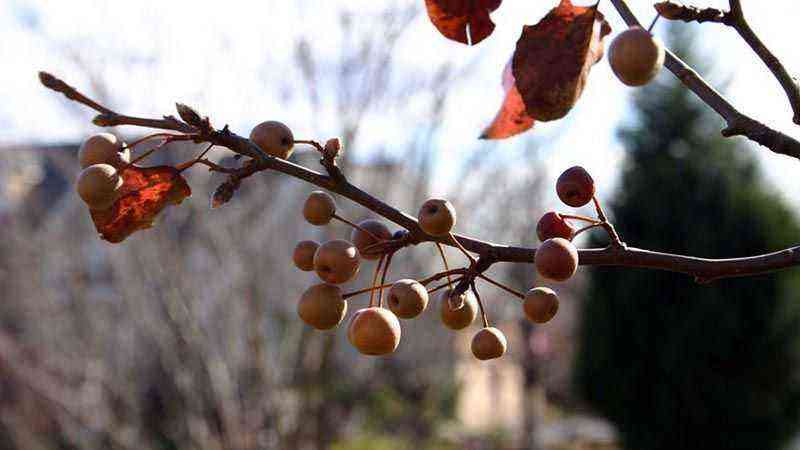

Foto de: Bri Weldon
Varieties
Being a tree for almost exclusively ornamental use, there are varieties with subtle differences in size, resistance or in the color and aroma of the flowers. They are as follows:
- Pyrus calleryana Aristocrat
- Pyrus calleryana Autumn blaze
- Pyrus calleryana Bradford
- Pyrus calleryana Whitehouse
- Pyrus calleryana Cleveland Select
- Pyrus calleryana Capital
- Pyrus calleryana New Bradford
- Pyrus calleryana Redspire
Of all of them the most used for urban ornamentation is Bradford, although the most resistant is the Cleveland Select.
Care of the flowering pear tree
It is a fairly hardy tree and adapts relatively easily to any type of soil, even to the salinity in second line of the. Although it prefers temperate climates, it can withstand, with little damage, temperatures as low as -18 ° C in its winter slumber.
It is not too difficult to keep the flowering pear tree in optimal conditions, although it does not hurt to follow some recommendations to enjoy a healthy and leafy specimen.
Location and substrate
It is a tree that needs to be at pleno sol o en zonas de semisombra, so it should always be planted outdoors and at a minimum distance of about four meters from other plants that are tall and may overshadow it.
Although a pot is not the ideal location for the flowering pear tree, we can keep it in one of them for the first few years, and then transplant it to its final location. During these first years in a pot, a universal substrate to keep it.
In the garden it admits almost all types of soil, regardless of whether it is sandy or clayey as long as it has a good drainage and either fertile.
Irrigation of Pyrus calleryana
Although it is quite resistant to specific periods of drought and we can wait until the land is completely dry to water, the flowering pear tree will grow much healthier and more leafy if we try to water it with a moderate frequency, being enough one watering per week from the beginning of the fall through the end of spring and 3 to 4 times a week during the summer.
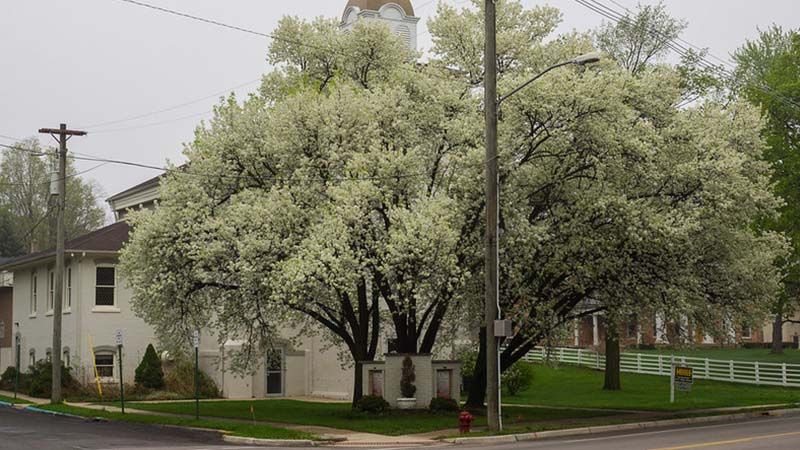

Flowering pear tree in bloom. Bradford variety. Photo by: FD Richards
Fertilizer
The flowering pear tree is a fast-growing tree, so it does not usually require fertilizing, but an extra supply of nutrients once a year and at the beginning of spring through Organic fertilizers such as manure, will provide enough nutrients for optimal and constant development.
If you have it in a pot you should use some liquid fertilizer like guano, mixed with irrigation water.
Plagues and diseases
This is a very resistant and tolerant species, so it is not usual for it to be affected by pests or diseases that pose a danger.
Although it occurs rarely, it can be affected by aphids, mites and caterpillars, which are treated with specific insecticides for each species.
In conditions of excessive environmental or substrate humidity, diseases such as pear blight or those caused by fungi or gray mold, which can be avoided by taking care of the frequency of irrigation.
Multiplication of Pyrus calleryana
It is so easy the multiplication by seeds of the flowering pear tree, that in some places it is already considered an invasive species. Birds, which feed on its fruits, defecate the digested seeds, causing them to proliferate very easily.
Consult the list of invasive species in Spain
However, if you have seeds of Pyrus calleryana, you have to know that these seeds require going through an intense cold before germinating.
If you live in an area where winters are very cold, you will only need to plant it in a flower pot about 20 cm. diameter filled with universal substrate, water it when you see that the substrate is too dry and wait for it to germinate.
But if you live in a warm area, before you can sow them, you must subject the seeds to artificial stratification in the fridge, in a container with a lid and covered with vermiculite moistened during four months, remembering to open the container from time to time to renew the air and that fungi do not occur. After this time they will be ready to move to a seedbed and germinate, giving way to a seedling that you can transplant to its final location during spring.
